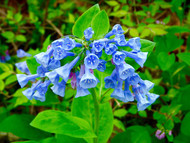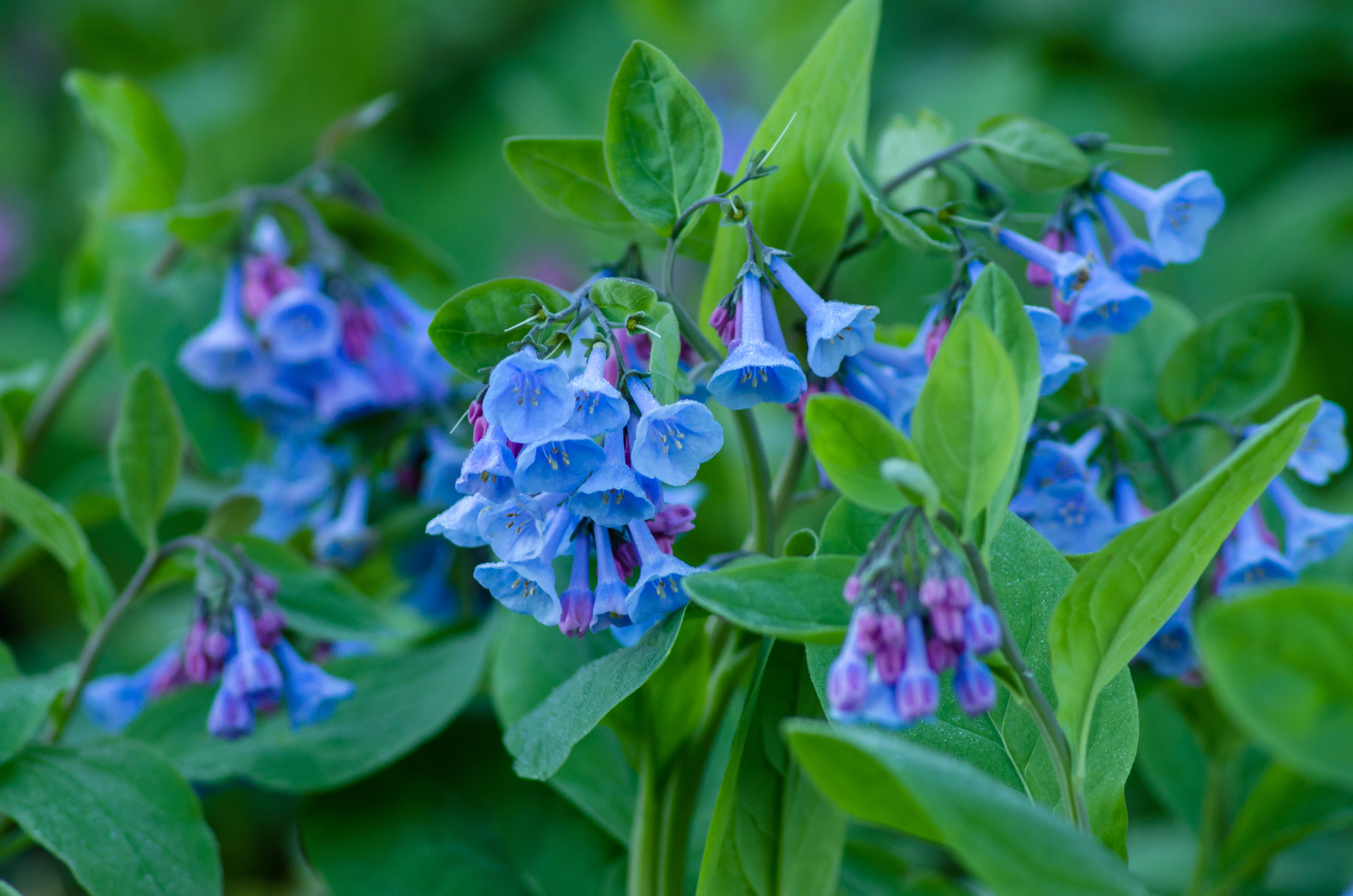Why Fall is the best time to plant Virginia Bluebells
Jul 18, 2025
Fall is the best time to plant Virginia Bluebells
Virginia Bluebells (Mertensia virginica) are a woodland native that many North Americans think of as a favorite. Towering mounds of pendulous, bell-shaped flowers dance gracefully above a carpet of heart-shaped leaves in shades of soft blue, lavender, and pink. Virginia Bluebells are a spring ephemeral, meaning that they emerge, bloom, and go dormant by early summer. While these flowers are known for their spring show, it is actually the fall season when you will want to prepare your garden for planting to enjoy this native beauty the following season.
In this article, we will share a few helpful tips for planting Virginia Bluebells in the fall. We will also discuss the best site and soil preparation, planting and care tips, design ideas, and the many ecological benefits that this native wildflower will bring to your garden.
Why Plant Virginia Bluebells in the Fall?
Planting in fall will give your bluebells plenty of time to acclimate to your garden before they spring into growth and bloom early the following year. There are many reasons to plant bluebells in the fall, some of which include:
Root Growth: Cooler temperatures will promote root growth instead of foliage. Though the plant will not send up top growth until the following spring, it will work on growing roots in the soil all winter long.
Moisture: More consistent rainfall will take the stress off of newly planted specimens and help keep roots moist as they establish.
Natural Growth Cycle: In the wild, plants send up stalks of leaves and flowers in early spring. As the plants go to seed in late spring or early summer, the seeds fall and germinate the following year. Sowing seeds or planting bare root or potted bluebells in fall is a great way to match the natural growth cycle.
Selecting a Site
Virginia Bluebells love to grow in woodland settings, so in your home garden, it is important to provide an area that most closely replicates this natural space.
Light: Bluebells prefer partial to full shade. A space that receives some dappled sunlight from deciduous trees works best. Bluebells love to colonize areas underneath trees like maples or oaks.
Soil Type: Bluebells prefer a rich, moist, well-draining, and high organic matter soil. This means loamy soils will work best, but can also tolerate clay-heavy soils that have been amended with plenty of compost or leaf mold.
Moisture: Bluebells will put up with an occasional dry summer once established, but prefer a consistent supply of moisture in the spring when the plants are growing the most.
Bluebells are great companion plants for ferns, trilliums, bloodroot, and mayapple.
Planting Virginia Bluebells in the Fall
Virginia Bluebells can be planted in fall either from bare root divisions, nursery-grown potted plants, or from seeds. Each planting option has different timelines and methods.
1. Planting Bare Root or Potted Plants
This method is the quickest way to establish a Virginia Bluebell patch.
Timing: Plant Virginia Bluebells between late September and early November before the ground freezes.
Site Preparation: Loosen the soil to a depth of 6–8 inches. Work in compost or a layer of well-rotted leaf mulch to add organic matter to your soil.
Planting Depth: Plant with the root crown 1–2 inches below the soil surface. Space the plants about 12–18 inches apart.
Watering: After planting, water thoroughly and keep the area moist (but not soggy) throughout the fall.
2. Planting Seeds
Seeds will take longer to germinate and establish, but they are a good way to naturalize large areas.
Seed Stratification: Cold stratification is needed for bluebell seeds to germinate. Spread seeds directly outdoors in the late fall, and winter weather will naturally break dormancy.
Seed Contact: Scatter the seeds on the surface of the soil, and gently press them in so that they make contact with the soil. Do not cover the seeds deeply. Some light will help to stimulate germination.
Patience: Seedlings will emerge in the spring, but it may take 2–3 years before you see flowers.
Care for Virginia Bluebells After Planting
Virginia Bluebells are a very low-care perennial and, once established, will require almost no maintenance. Follow these tips for keeping them healthy and strong.
Mulching: After planting, you can apply a light layer of mulch to help protect the roots from frost and keep the soil moist.
Watering: During the first growing season, keep the soil lightly moist during dry periods. Mature plants will put up with short dry spells, especially when dormant.
Fertilizer: If the soil is rich, there is no need to add additional fertilizer. If your soil is poor, you can apply a layer of compost in the fall as a top dressing to add nutrients.
Dividing: As the plants grow and naturalize, they will form colonies and spread via rhizomes and natural reseeding. Divide clumps every 3–4 years in the fall to thin out crowded patches or to propagate new areas.
Design Ideas and Companion Plants
Virginia Bluebells are not only functional for filling in native gardens, but they also add a special touch of visual enchantment. Soft blue and pink shades also pair well with a variety of spring bloomers, and they are one of the first to add early color in the shade.
Great Companion Plants:
Trillium – This spring ephemeral shares similar growing conditions and is a great companion to Virginia Bluebells.
Bleeding Heart (Dicentra eximia) – This companion plant will contrast well with bluebells, with fern-like foliage and pink flowers.
Wild Ginger (Asarum canadense) – This ground cover plant will fill in the garden later in the season after the bluebells die back.
Ferns – Add plants like Christmas Fern or Maidenhair Fern to the garden to fill in later in the season.
Solomon’s Seal and Jack-in-the-Pulpit – Native woodland plants with unique forms that share similar growing conditions and bloom after bluebells.
Creating a layered garden by mixing and matching these plants with Virginia Bluebells will give you a more natural feel and allow for continuous seasonal interest even after the bluebells are gone.
Ecological Benefits
Native wildflowers are not only aesthetically charming, but they also provide key resources and have benefits for the ecosystem.
Pollinator Support: Bluebells bloom early in the season to help support hungry pollinators like bumblebees and mason bees. Having a supply of native flowers in your garden helps support pollinators all season long.
Biodiversity: As a native species, Virginia Bluebells support biodiversity, providing important resources to help preserve genetic diversity and create a stable environment for beneficial insects and birds.
Naturalizing: Bluebells will slowly expand their patches via rhizomes and reseeding, filling in space without becoming invasive.
Preserving Native Species
Native to Eastern and Central North America, bluebells were, at one time, a common woodland native plant. As development and habitat loss continue to put pressure on native plant species, it is the role of conservation-minded gardeners to ensure that these native wildflowers are preserved and supported.
Planting Virginia Bluebells in the fall is a great way to add beauty to your home garden as well as restoring native habitat and providing a needed source of pollen and nectar for pollinators when they need it most.
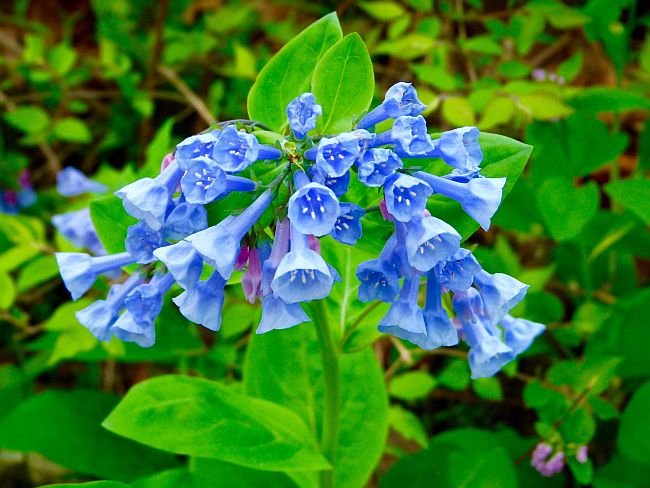
If you’re looking for a native woodland wildflower that is graceful, low-care, and ecologically beneficial, then Virginia Bluebells are an excellent choice for your garden. Their light and airy blossoms in shades of soft blue, pink, and lavender will add an enchanting touch to your shade garden and provide important cover and food for pollinators.
Planting in fall is the best way to give your perennial a good start, so that you can enjoy the fleeting beauty of Virginia Bluebells for years to come. With just a little bit of care and some patience, you will be rewarded with a carpet of blue that is like a quiet nod of approval to welcome back spring.
With a strong ecosystem and a little attention to naturalizing native species, these wildflowers will bring a gentle touch of grace to your spring garden, one fall planting at a time.

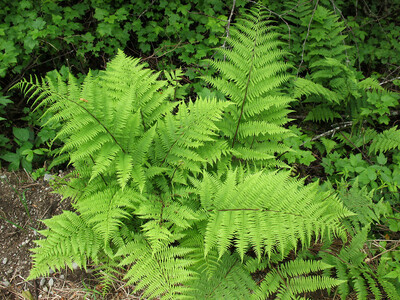 Native Ferns
Native Ferns
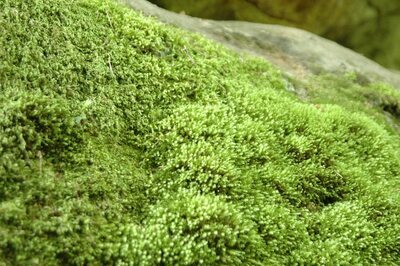 Native Mosses
Native Mosses
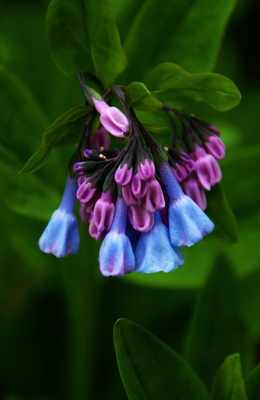 Native Perennials
Native Perennials
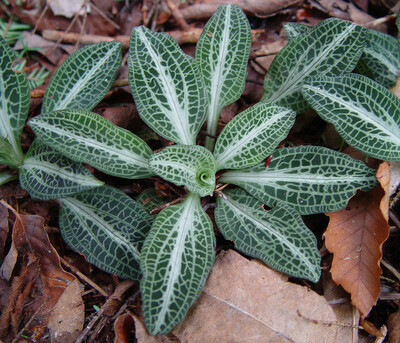 Native Ground Covers
Native Ground Covers
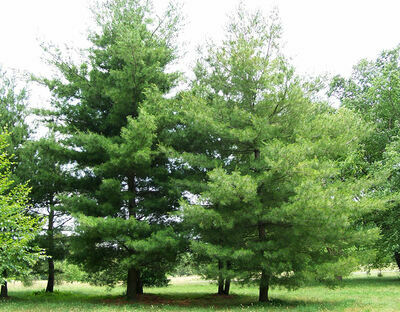 Native Trees
Native Trees
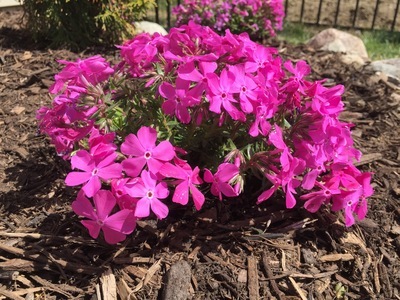 Shop By Zone
Shop By Zone
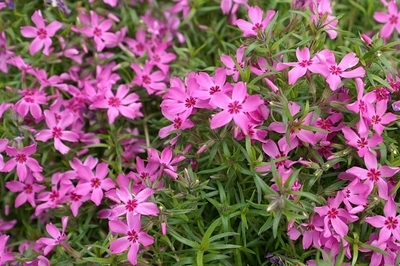 Flowering Groundcovers
Flowering Groundcovers
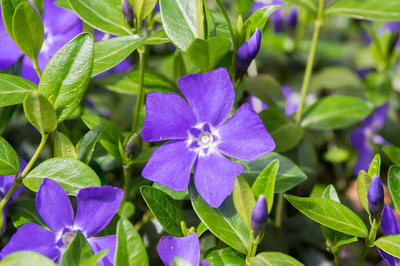 Evergreen Groundcovers
Evergreen Groundcovers
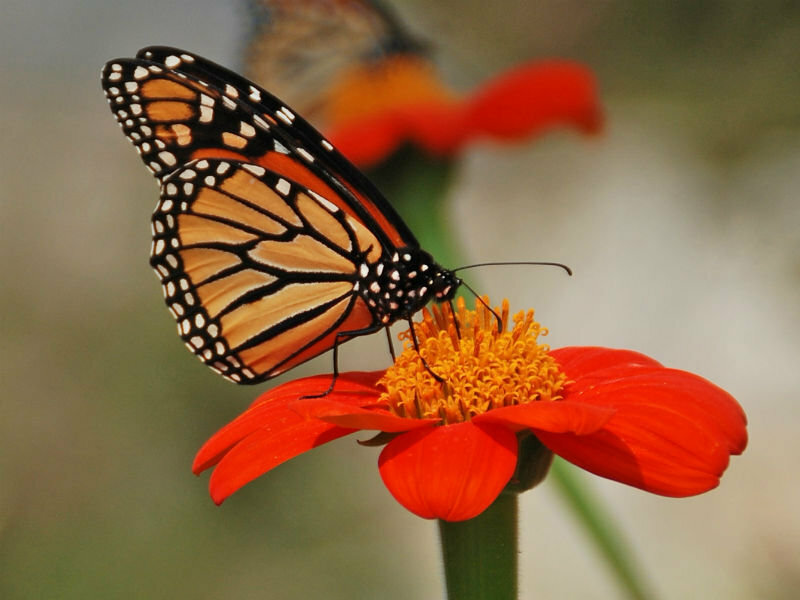 Pollinators
Pollinators
 Shop Bloom Color
Shop Bloom Color
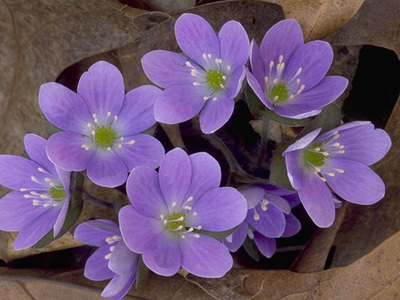 Perennials By Zone
Perennials By Zone
 Medicinal Herb Plants
Medicinal Herb Plants
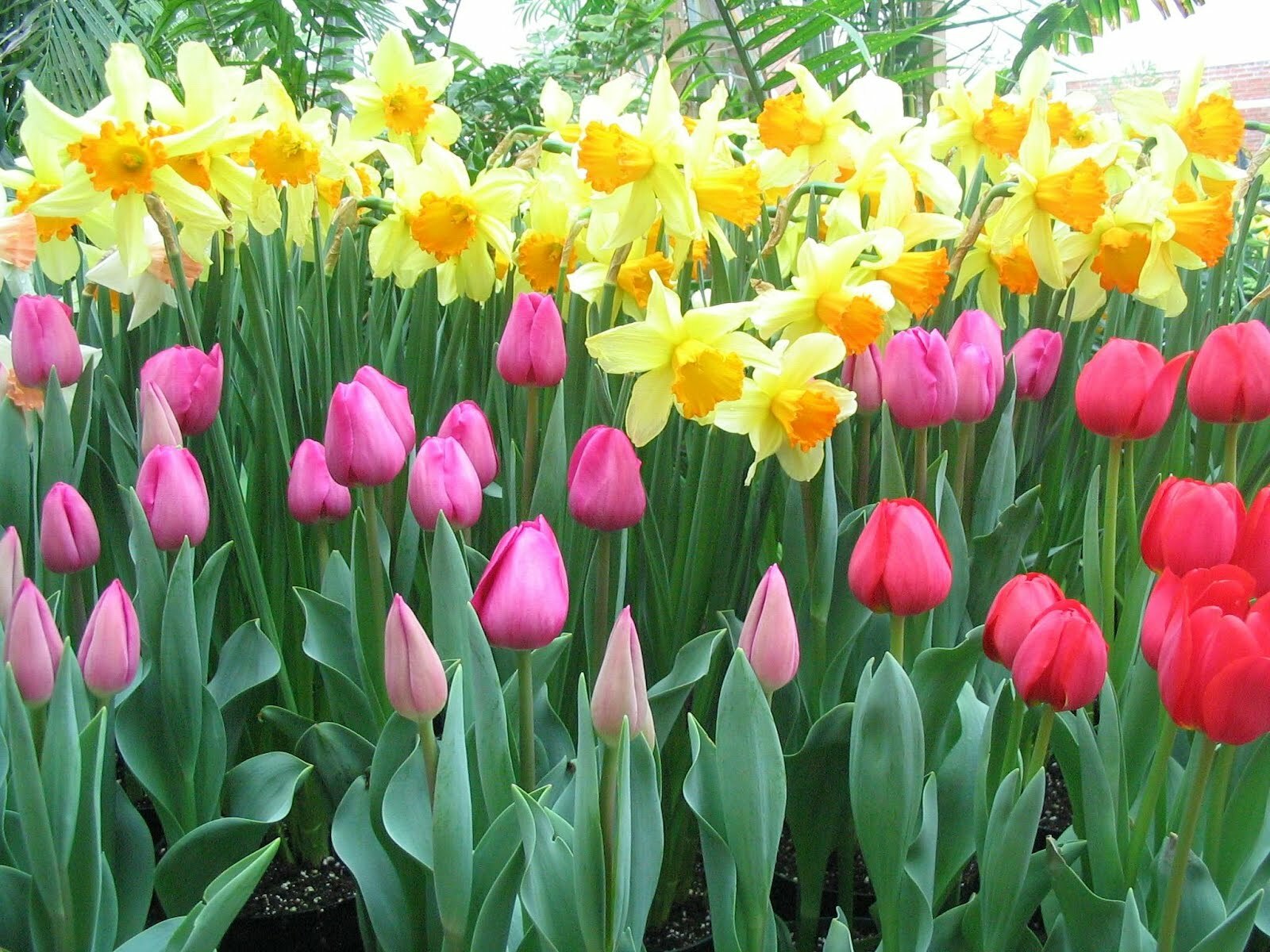 Spring Bulbs
Spring Bulbs
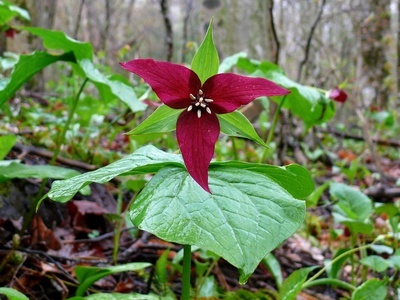 Trillium
Trillium
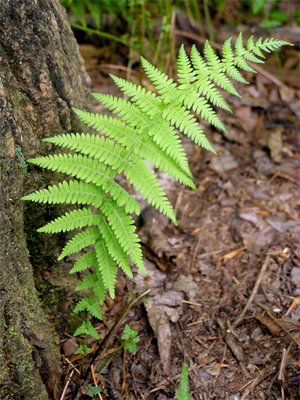 Ferns for Zone 3
Ferns for Zone 3
 Ferns for Zone 4
Ferns for Zone 4
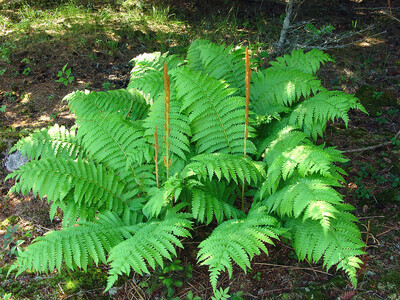 Ferns for Zone 5
Ferns for Zone 5
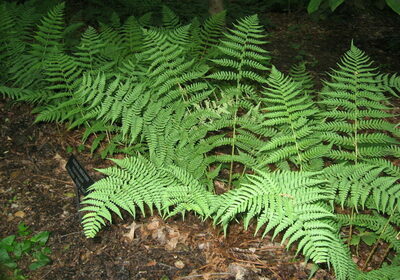 Ferns for Zone 6
Ferns for Zone 6
 Ferns for Zone 7
Ferns for Zone 7
 Ferns for Zone 8
Ferns for Zone 8
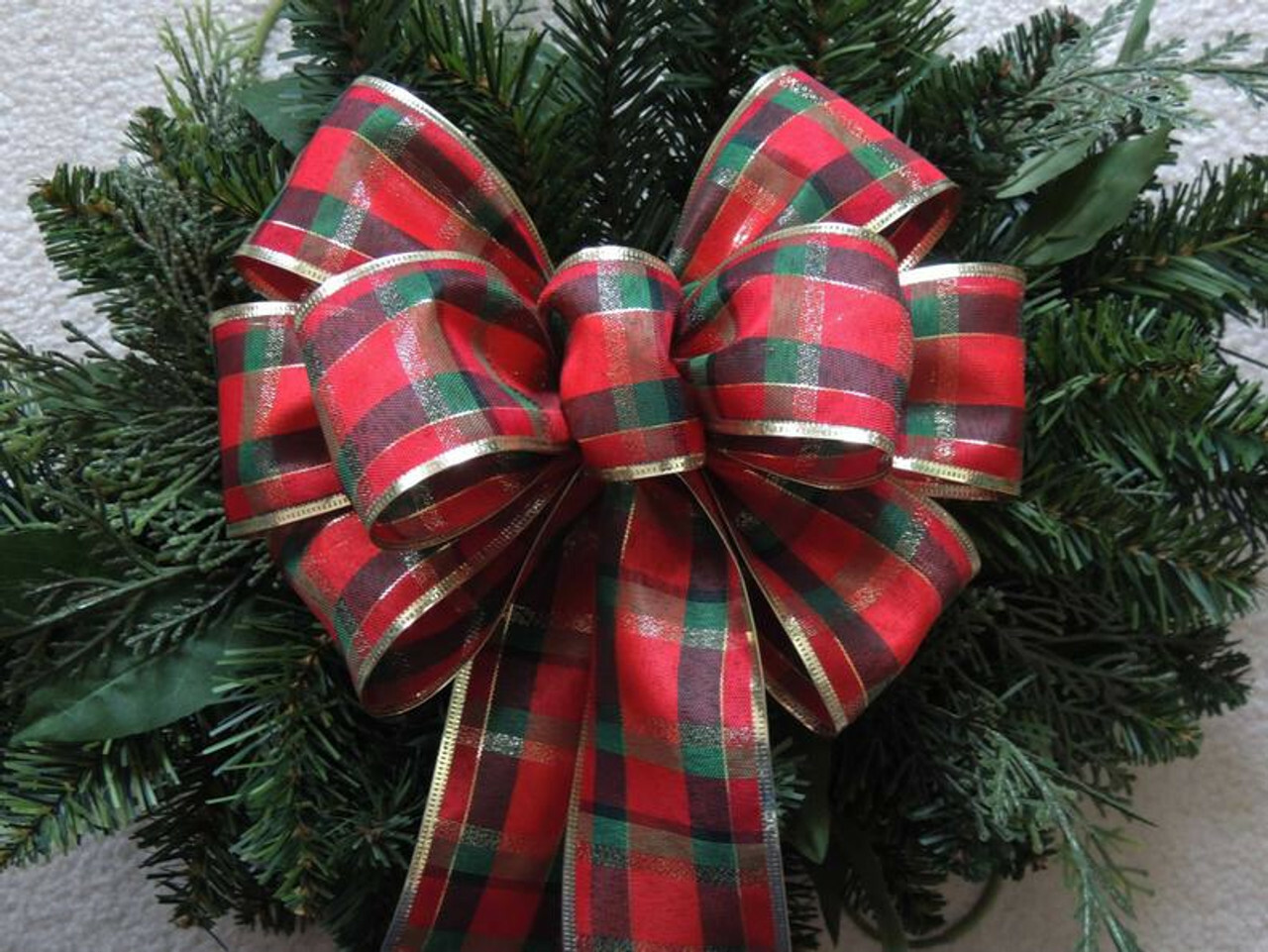 Christmas bows
Christmas bows
 Fresh Wreaths
Fresh Wreaths
 Garlands
Garlands
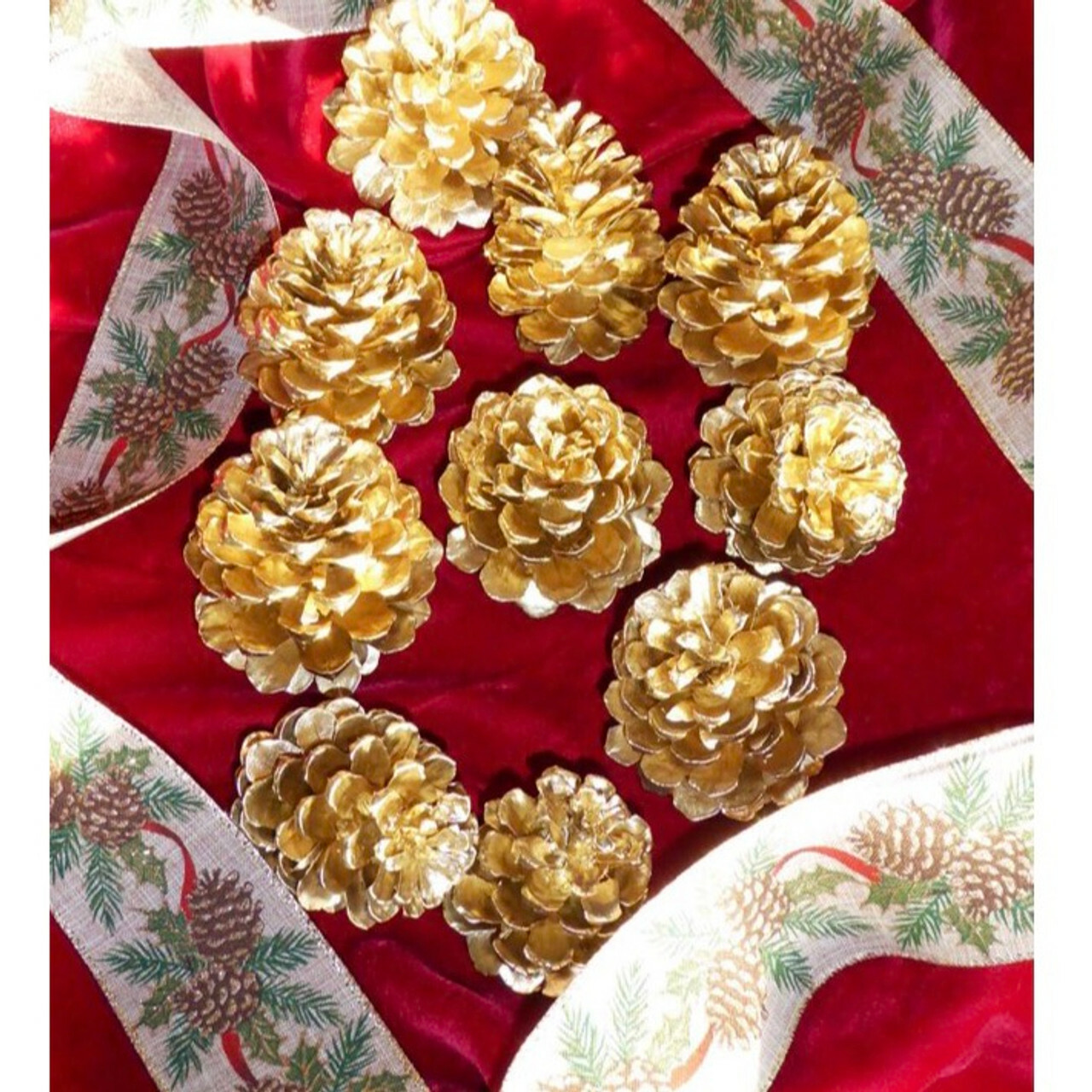 Large Pine Cones
Large Pine Cones
 Live Mistletoe
Live Mistletoe
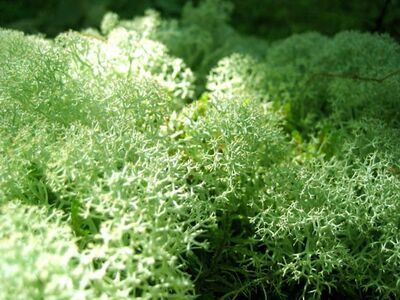 Moss
Moss
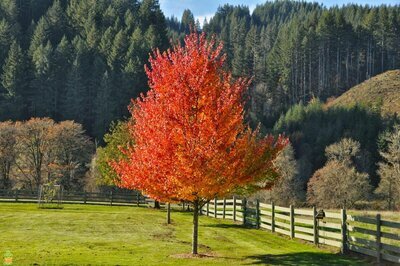 Shop Trees By Zone
Shop Trees By Zone
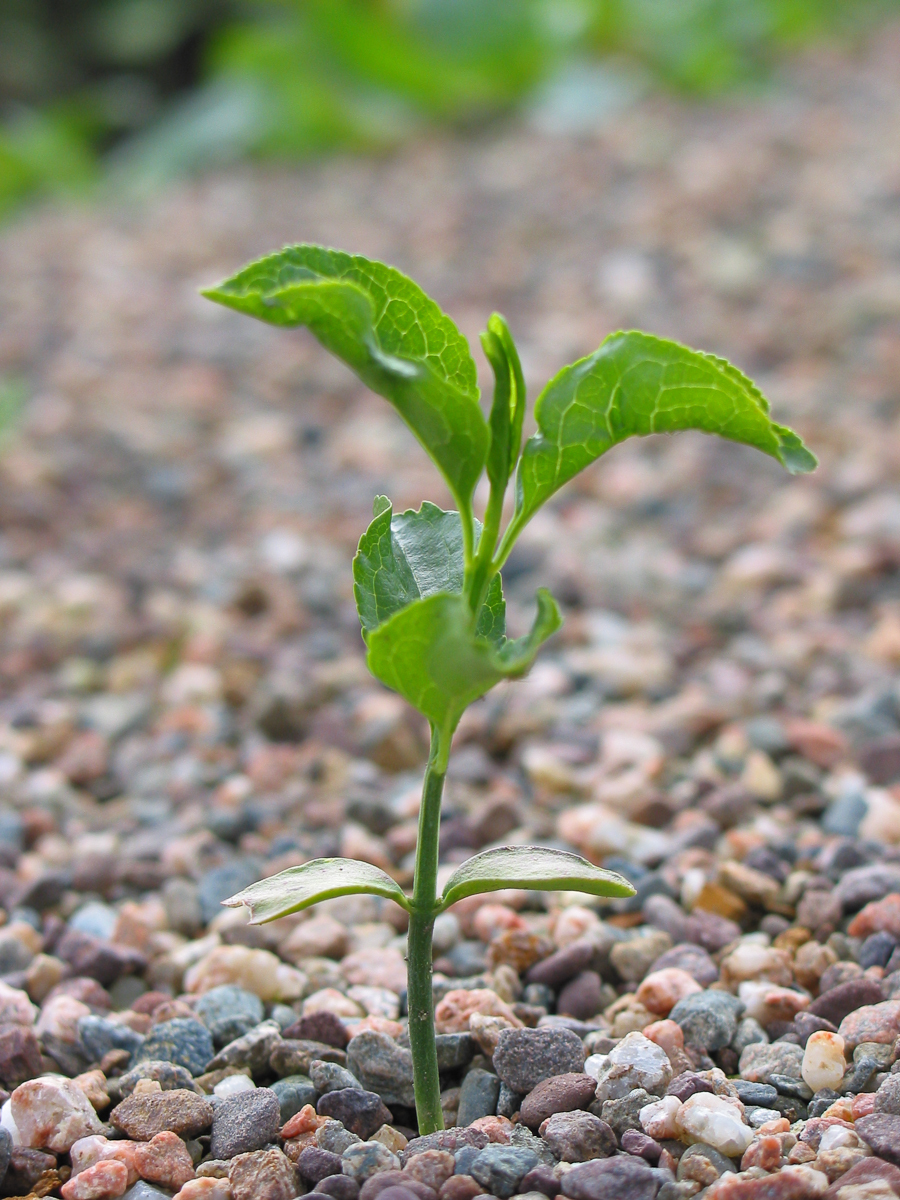 Tree Seedlings
Tree Seedlings
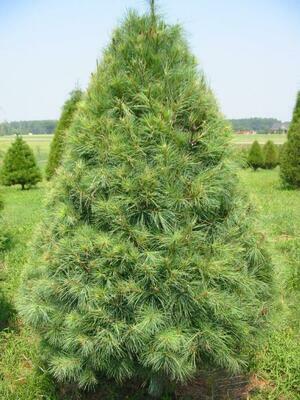 Fast Growing Trees
Fast Growing Trees
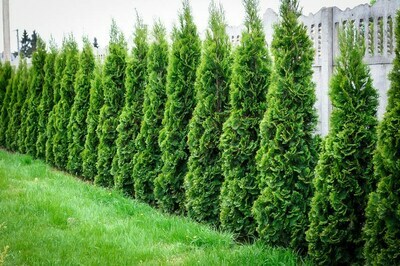 Pine Trees
Pine Trees
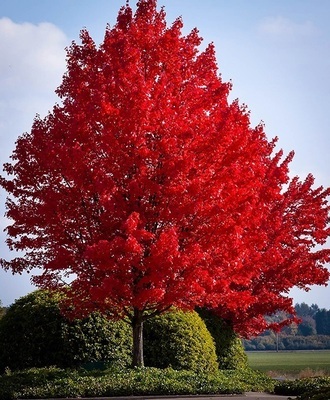 Live Stakes
Live Stakes
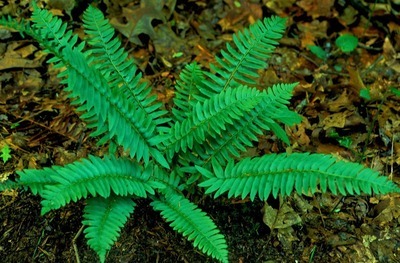 Evergreens
Evergreens
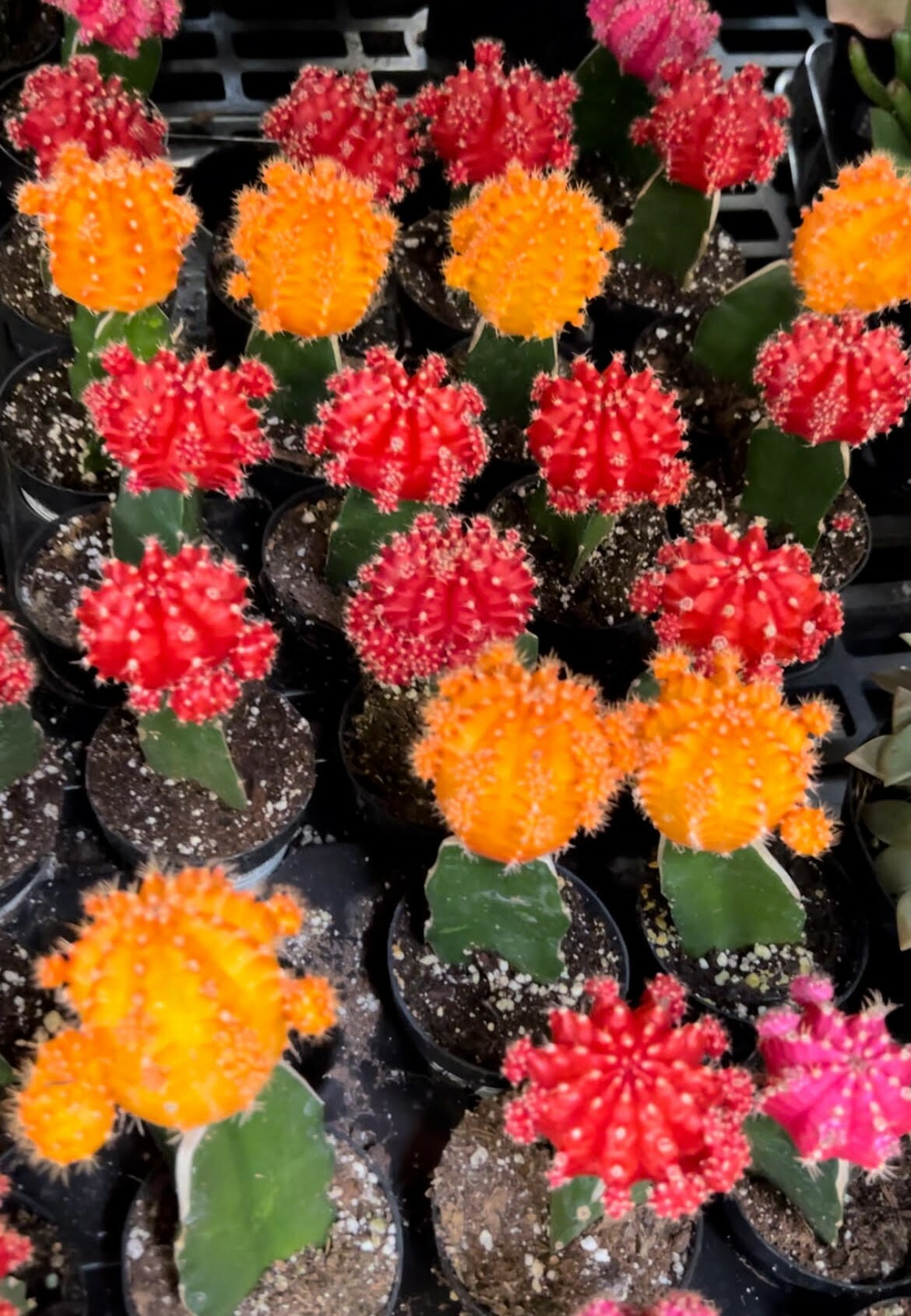 Cactus
Cactus
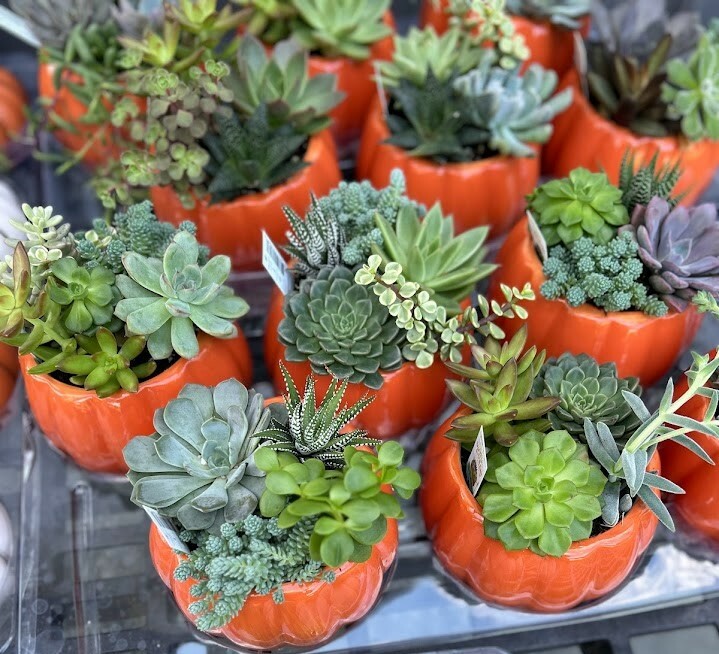 Combos
Combos
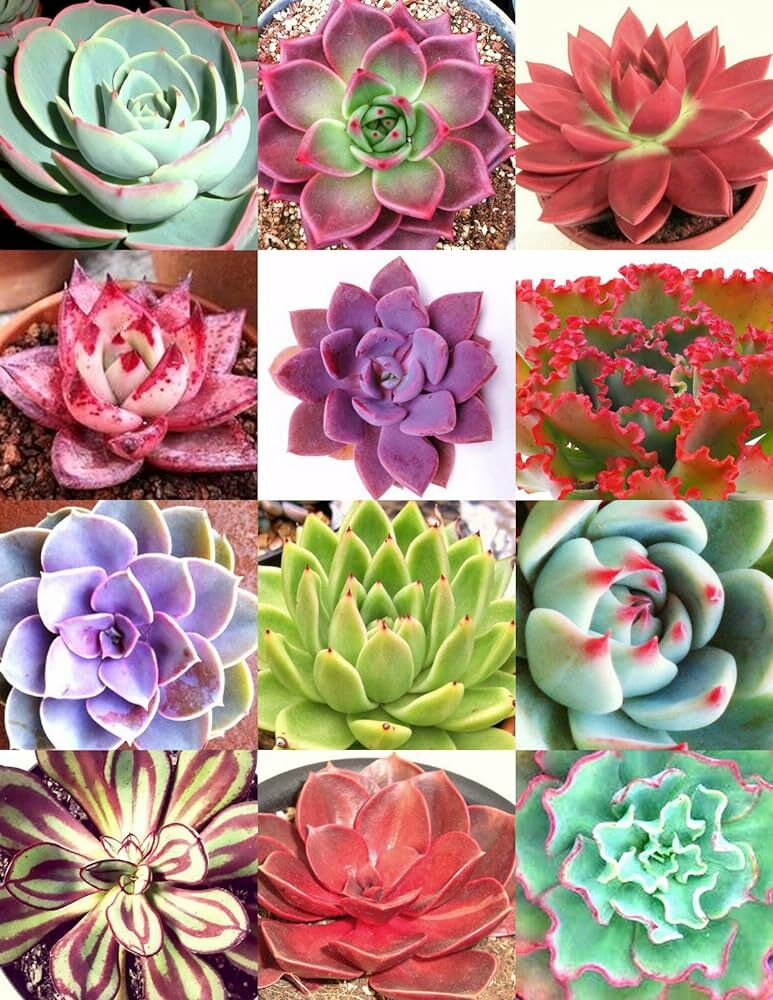 Echeveria
Echeveria
 Haworthia
Haworthia
 Sedum - Stonecrop
Sedum - Stonecrop
